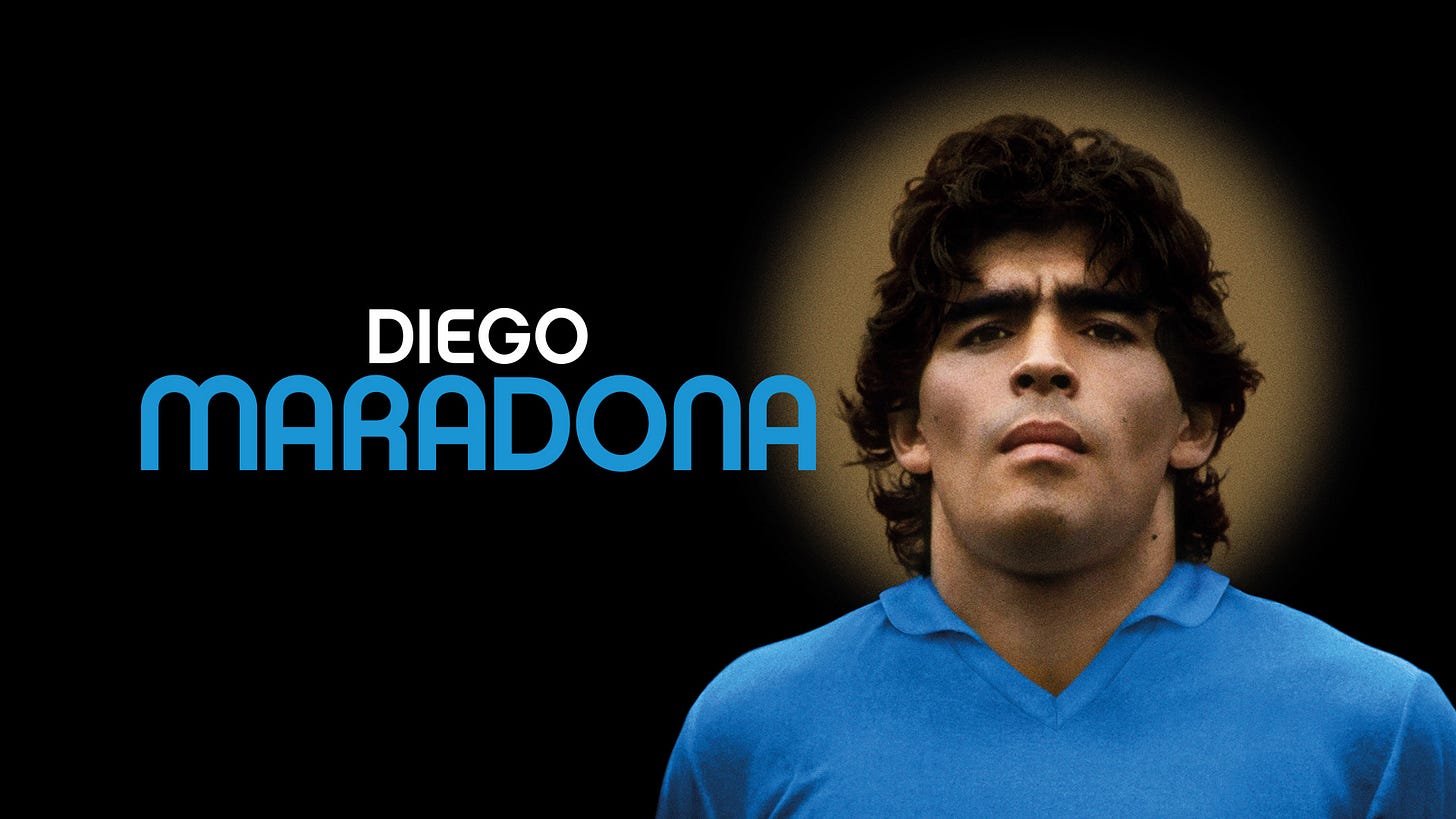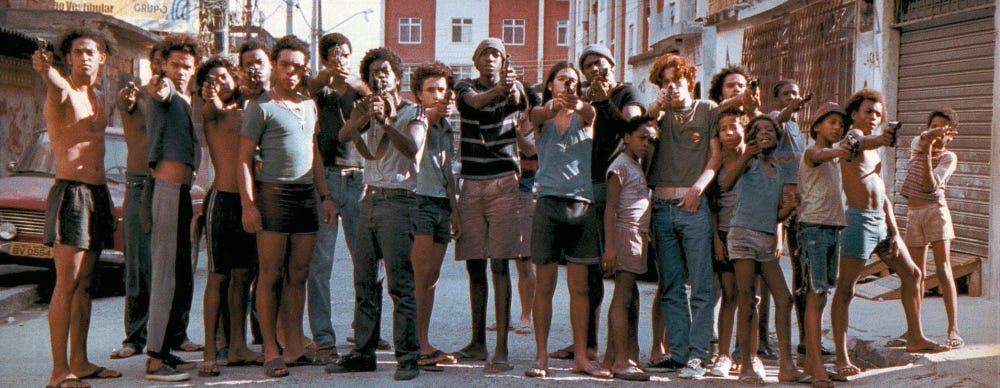REVIEW: Diego Maradona
Unlike director Asif Kapadia’s prior works, the heartbreaking Amy and the spellbinding Senna, he doesn’t doesn’t utilise the singular title for his newest Diego Maradona. He instead chooses to name his film after the duality of the man he’s documenting. The Diego and The Maradona; the man, the god. Kapadia makes this duality the focus of his gargantuan task to document Maradona.
Diego Armando Maradona was a footballing prodigy, raised in the slums of Villa Fiorito. After a contentious two years playing for Barcelona, suffering a season-ending injury he was sold, shockingly so, to Napoli. The Neapolitan City, known at the time for its poverty and unwashed citizens, as shown through a meticulous introductory scene in which opposing banners declare them ‘cholera sufferers’. Kapadia frames this as a parallel to Maradona’s background, showcasing the poverty stricken lifestyle and overworked father that was the crux of Maradona’s motivation. As a fifteen year old, he became the breadwinner for his entire family - a pressure not dissimilar to the expectations thrust upon him from the Neapolitan crowd. It was through his time at Naples that he achieved his god-like status, when achieving what was deemed impossible a year prior by winning Serie A. This is all shown through wonderful bitezise footage, scored with wonderful percussive flair by Antonio Pinto, whom Kapadia has collaborated with in the past on Senna. It’s also noted that Pinto scored Fernando Meirelles and Kátia Lund‘s masterpiece ‘City of God’, in a wonderfully meta choice.
Kapadia never loses focus on this contrasting aspect of Maradona, with trainer and confidante Fernando Signorini providing insight into the dichotomy of Maradona through voiceover. He keeps the film focused on Maradona, never giving into what could have been a clip-fest regurgitation of Maradona’s talent. These clips, instead of deifying Maradona are instead used with purpose, allowing the audience to witness Maradona’s skill but also his family and his lifestyle. Every meticulous detail of the first half is crafted towards expanding on who Diego Maradona is, and the impact on his psyche.
The infamous Maradona caricature that the media sees, Kapadia says (through Signorini) was an act. He explains that the conflict Maradona experiences on screen was a facade to hide; from his dealings with the Carraro, his infidelity, his nightlife. These are part of creating the masquerade, the identity of Maradona shown to the press, the Diego aspect that reminds him of his childhood. But in this, Kapadia removes the sagacity of Maradona. While Maradona is stuck within the grasp of cocaine, there’s a distinct lack of culpability for the choices that Maradona makes. He is still a product of his own mental faculties and his choices.
While it never loses sight of its titular deity, the tone is one that varies slightly. There’s faint genre rumblings of political intrigue, a mafia infusion, demonic media representation, a tragic love story and a family drama that’s all just humdrum to what makes the more compelling case. Kapadia shows Naples as this struggling city, deprived and stricken with faithlessness in themselves which, according to the feature, Maradona gives them but never shows the strength emboldened into them. We see the crowd and media create the god that Maradona masquerades as, but not the change to their lives as is only implied.
Diego Maradona is a sprawling but riveting documentary that flourishes incredibly often, especially with Kapadia’s trademark style of contextualisation. At one point it places the icarusian fall of Maradona within the orbit of the infamous penalty kick of the 1990 World Cup semi final (which the Argentinian scored against Italy, in Naples). This is framed as the destruction of his bond with Italy and works to signify just how neccesary it was to him to break the deitific spell that the people had with him. Another element of context Kapadia allows is the bitterness Maradona had with England due to the Falklands war years prior. the ‘hand of god’ incident is broached, but Kapadia deftly avoids sparking it as a central conflict.
It’s within this minutia that the joy of the picture lies. We see the rise, fall, the seediness and the heart of Maradona, captured meticulously as a tortured love story between a man, a ball and his own mortality.






